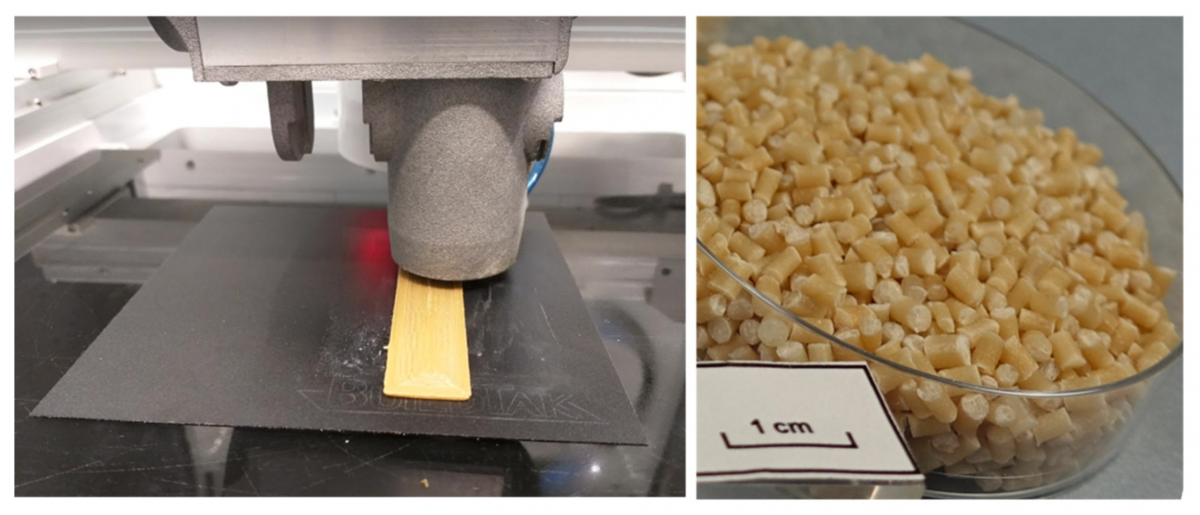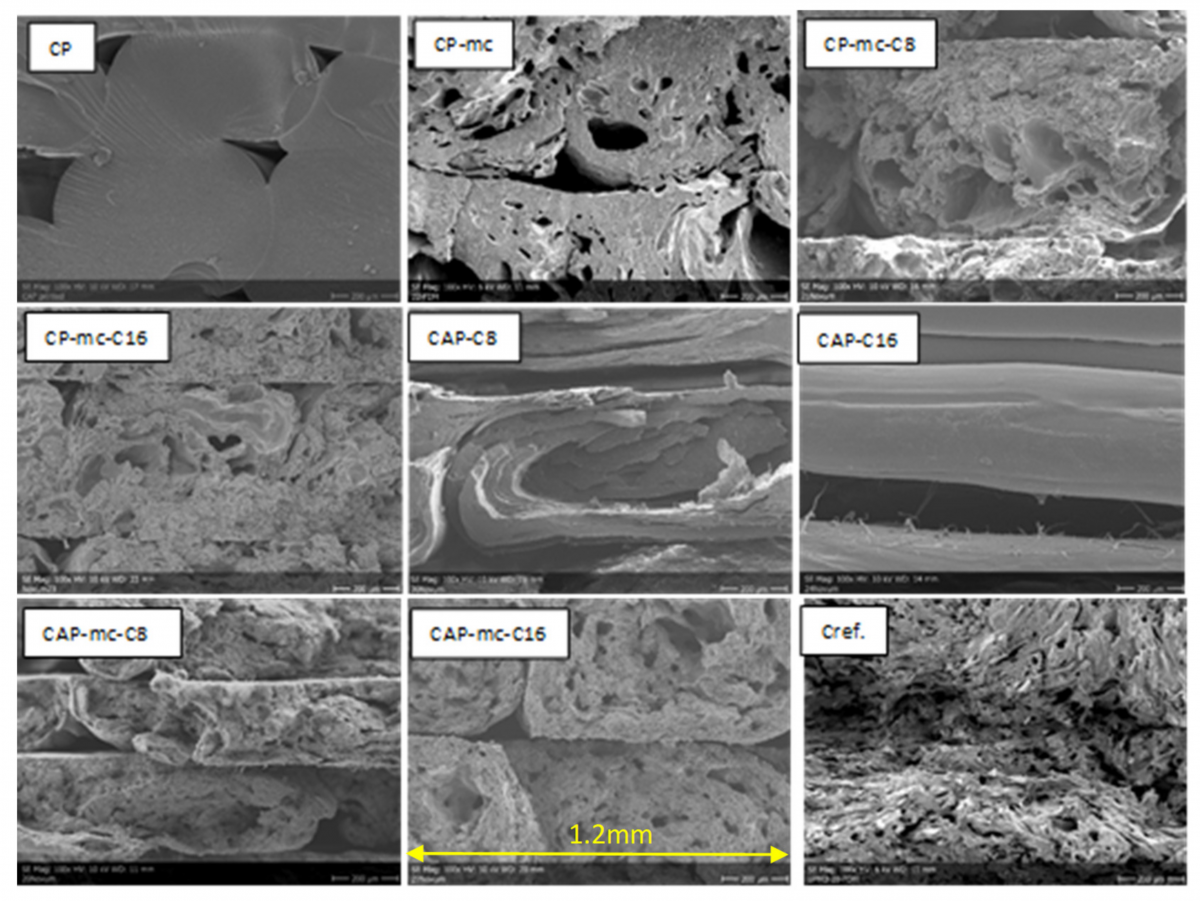By Brinter Ltd.
Brinter develops Granulate Printing (GP) Process for 3D Printing of pharmaceutical materials
Turku, Finland: – Pioneering modular multi-material bioprinting platform developer and manufacturer, Brinter, has developed an innovative granulate-based multi-material 3D printing process as part of the EU Horizon2020 project Novum.
The new Granulate Printing (GP) process uses thermoplastic materials in the form of pellets or granules, in place of the filaments that have hitherto formed the mainstay of 3D printing. This delivers key benefits, including higher flow rates and larger print areas, and expands the range of materials that can be produced. By eliminating the filament extrusion and spooling phases, the GP process also reduces material processing costs.
Pharma applications
Brinter’s Granu Tool print head utilizing the GP process allows 3D printing of various thermoplastics, such as Polylactic acid (PLA) and Polycaprolactone (PCL). Even renewable and abundantly available cellulose-based composites can be successfully printed with the Granu Tool if the composite’s composition is carefully tuned. A case study in how this can be achieved was presented by a team headed by Kirsi Immonen working at Finland’s VTT Technical Research Centre in their article: Thermoplastic Cellulose-Based Compound for Additive Manufacturing. (see Resources).
Granulate printing can also be combined with other available print heads in the modular Brinter® 3D bioprinting platform to enable genuine multi-material printing of materials ranging from pastes and gels incorporating living cells to plastic granulates or metal injection molding (MIM) materials.
Brinter screw extrusion-based granulate printing technology can be used for printing polymer-based drug delivery formulations utilized in pharmaceutical studies and development. Einari Tolvanen has performed one such research case in his Bachelor’s thesis, Suitability Of Screw Extrusion 3D-Printing Tool for Polymer-Based Drug Formulation, currently available only in Finnish.
Novum Project
Brinter’s participation in the Novum Project reflects increased concern over environmental issues and technology development that have led to growing interest in developing novel, sustainable, yet high-performance materials for industrial additive manufacturing (AM) and for a wide variety of applications such as electrical insulation components and parts for the automotive, marine and medical industry.
AM enables rapid and cost-effective manufacturing of complex and lightweight parts without any expensive tools such as molds.
About Brinter
Founded in 2020 via partial demerger in Turku, Finland, Brinter is the manufacturer of a modular multi-material bioprinting platform scalable from manual R&D to automated production. The company works with science and bioengineering organizations to integrate 3D bioprinting into their research, manufacturing, and treatment methods. The goal is to break through current technological limitations and improve people’s quality of life.
Brinter has bootstrapped its growth since 2019, when it launched its first product, and is currently active in more than ten countries, including Germany and the UK.
Customers of the company now include bio and pharmaceutical companies like Nanoform, as well as research organizations like VTT, BEST group at the University of Glasgow, Johannes Gutenberg University of Mainz, the University of Oulu, and the University of Helsinki, whose directors are enthusiastic about the technology’s potential.
For more information, visit www.brinter.com.
Resources
Click on About Novum for more on the Novum project as part of the EU Horizon 2020 program.
Click on Thermoplastic Cellulose-Based Compound for Additive Manufacturing for access to VTT Research Study


















